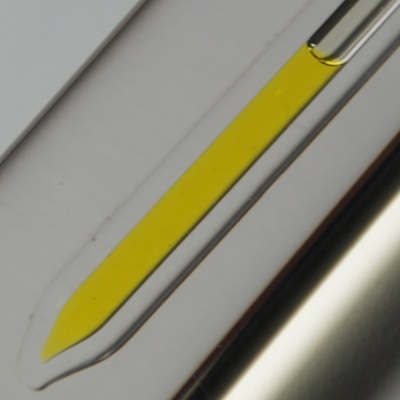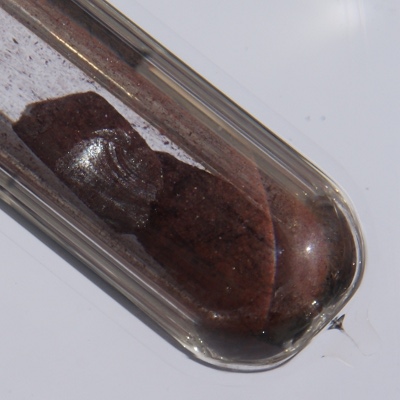Compare Chlorine vs Phosphorus: Periodic Table Element Comparison Table and Properties
Compare the elements Chlorine and Phosphorus on the basis of their properties, attributes and periodic table facts. Compare elements - Chlorine and Phosphorus comparison table side by side across over 90 properties. All the elements of similar categories show a lot of similarities and differences in their chemical, atomic, physical properties and uses. These similarities and dissimilarities should be known while we study periodic table elements. You can study the detailed comparison between Chlorine vs Phosphorus with most reliable information about their properties, attributes, facts, uses etc. You can compare Cl vs P on more than 90 properties like electronegativity, oxidation state, atomic shells, orbital structure, Electronaffinity, physical states, electrical conductivity and many more. This in-depth comparison helps students, educators, researchers, and science enthusiasts understand the differences and similarities between Chlorine and Phosphorus.
Chlorine and Phosphorus Comparison
Here's a detailed comparison between Chlorine (Cl) and Phosphorus (P), focusing on their position in the periodic table, physical and chemical properties, stability, and uses.
Facts - Basic Element Details
| Name | Chlorine | Phosphorus |
|---|---|---|
| Atomic Number | 17 | 15 |
| Atomic Symbol | Cl | P |
| Atomic Weight | 35.453 | 30.973761 |
| Phase at STP | Gas | Solid |
| Color | Yellow | Colorless |
| Metallic Classification | Halogens | Other Nonmetal |
| Group in Periodic Table | group 17 | group 15 |
| Group Name | fluorine family | nitrogen family |
| Period in Periodic Table | period 3 | period 3 |
| Block in Periodic Table | p -block | p -block |
| Electronic Configuration | [Ne] 3s2 3p5 | [Ne] 3s2 3p3 |
| Electronic Shell Structure (Electrons per shell) | 2, 8, 7 | 2, 8, 5 |
| Melting Point | 171.6 K | 317.3 K |
| Boiling Point | 239.11 K | 553.6 K |
| CAS Number | CAS7782-50-5 | CAS7723-14-0 |
| Neighborhood Elements | Neighborhood Elements of Chlorine | Neighborhood Elements of Phosphorus |
History
| Parameter | Chlorine | Phosphorus |
|---|---|---|
| History | The element Chlorine was discovered by W. Scheele in year 1774 in Sweden. Chlorine derived its name from the Greek word chloros, meaning 'greenish yellow'. | The element Phosphorus was discovered by H. Brand in year 1669 in Germany. Phosphorus derived its name from the Greek word phoosphoros, 'carrying light'. |
| Discovery | W. Scheele (1774) | H. Brand (1669) |
| Isolated | W. Scheele (1774) | H. Brand (1669) |
Presence: Abundance in Nature and Around Us
Parts per billion (ppb) by weight / by atoms (1ppb =10^-7 %)
| Property | Chlorine | Phosphorus |
|---|---|---|
| Abundance in Universe | 1000 / 40 | 7000 / 300 |
| Abundance in Sun | 8000 / 300 | 7000 / 300 |
| Abundance in Meteorites | 380000 / 160000 | 1100000 / 700000 |
| Abundance in Earth's Crust | 170000 / 100000 | 1000000 / 700000 |
| Abundance in Oceans | 19870000 / 3470000 | 70 / 14 |
| Abundance in Humans | 1200000 / 210000 | 11000000 / 2200000 |
Crystal Structure and Atomic Structure
| Property | Chlorine | Phosphorus |
|---|---|---|
| Atomic Volume | 22.4129 cm3/mol | 16.991 cm3/mol |
| Atomic Radius | 79 pm | 98 pm |
| Covalent Radius | 99 pm | 106 pm |
| Van der Waals Radius | 175 pm | 180 pm |
Atomic Spectrum - Spectral Lines | ||
| Emission Spectrum |  | Not available |
| Absorption Spectrum |  |  |
| Lattice Constant | 622.35, 445.61, 817.85 pm | 1145, 550.3, 1126.1 pm |
| Lattice Angle | π/2, π/2, π/2 | 1.25384, 1.57725, 1.24896 |
| Space Group Name | Cmca | P-1 |
| Space Group Number | 64 | 2 |
| Crystal Structure | Base Centered Orthorhombic 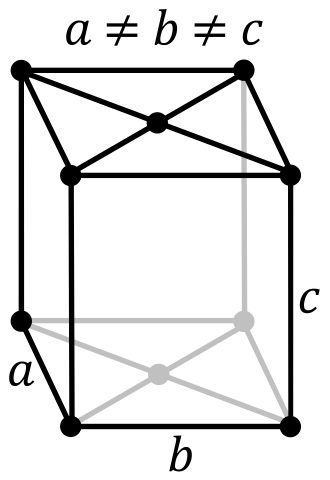 | Simple Triclinic 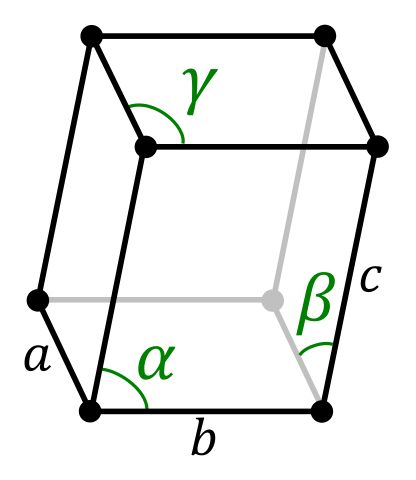 |
Atomic and Orbital Properties
| Property | Chlorine | Phosphorus |
|---|---|---|
| Atomic Number | 17 | 15 |
| Number of Electrons (with no charge) | 17 | 15 |
| Number of Protons | 17 | 15 |
| Mass Number | 35.453 | 30.973761 |
| Number of Neutrons | 18 | 16 |
| Shell structure (Electrons per energy level) | 2, 8, 7 | 2, 8, 5 |
| Electron Configuration | [Ne] 3s2 3p5 | [Ne] 3s2 3p3 |
| Valence Electrons | 3s2 3p5 | 3s2 3p3 |
| Oxidation State | -1, 1, 3, 5, 7 | -3, 3, 5 |
| Atomic Term Symbol (Quantum Numbers) | 2P3/2 | 4S3/2 |
| Shell structure | 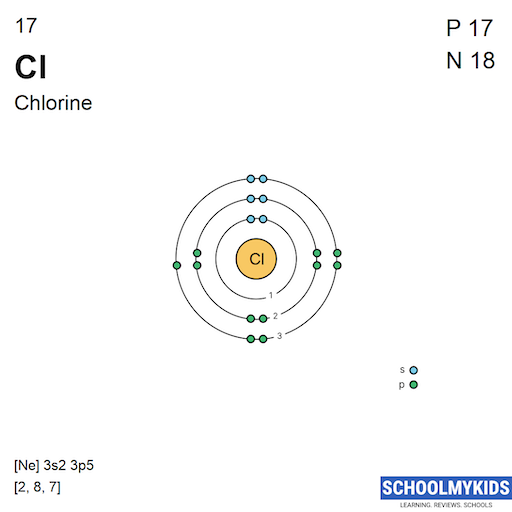 | 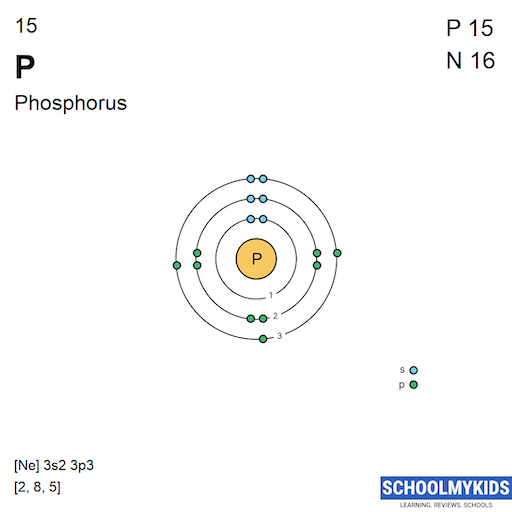 |
Isotopes and Nuclear Properties
Chlorine has 2 stable naturally occuring isotopes while Phosphorus has 1 stable naturally occuring isotopes.
| Parameter | Chlorine | Phosphorus |
|---|---|---|
| Known Isotopes | 28Cl, 29Cl, 30Cl, 31Cl, 32Cl, 33Cl, 34Cl, 35Cl, 36Cl, 37Cl, 38Cl, 39Cl, 40Cl, 41Cl, 42Cl, 43Cl, 44Cl, 45Cl, 46Cl, 47Cl, 48Cl, 49Cl, 50Cl, 51Cl | 24P, 25P, 26P, 27P, 28P, 29P, 30P, 31P, 32P, 33P, 34P, 35P, 36P, 37P, 38P, 39P, 40P, 41P, 42P, 43P, 44P, 45P, 46P |
| Stable Isotopes | Naturally occurring stable isotopes: 35Cl, 37Cl | Naturally occurring stable isotopes: 31P |
| Neutron Cross Section | 35.3 | 0.18 |
| Neutron Mass Absorption | 0.033 | 0.0002 |
Chemical Properties: Ionization Energies and electron affinity
| Property | Chlorine | Phosphorus |
|---|---|---|
| Valence or Valency | 5 | 5 |
| Electronegativity | 3.16 Pauling Scale | 2.19 Pauling Scale |
| Oxidation State | -1, 1, 3, 5, 7 | -3, 3, 5 |
| Electron Affinity | 349 kJ/mol | 72 kJ/mol |
| Ionization Energies | 1st: 1251.2 kJ/mol 2nd: 2298 kJ/mol 3rd: 3822 kJ/mol 4th: 5158.6 kJ/mol 5th: 6542 kJ/mol 6th: 9362 kJ/mol 7th: 11018 kJ/mol 8th: 33604 kJ/mol 9th: 38600 kJ/mol 10th: 43961 kJ/mol 11th: 51068 kJ/mol 12th: 57119 kJ/mol 13th: 63363 kJ/mol 14th: 72341 kJ/mol 15th: 78095 kJ/mol 16th: 352994 kJ/mol 17th: 380760 kJ/mol | 1st: 1011.8 kJ/mol 2nd: 1907 kJ/mol 3rd: 2914.1 kJ/mol 4th: 4963.6 kJ/mol 5th: 6273.9 kJ/mol 6th: 21267 kJ/mol 7th: 25431 kJ/mol 8th: 29872 kJ/mol 9th: 35905 kJ/mol 10th: 40950 kJ/mol 11th: 46261 kJ/mol 12th: 54110 kJ/mol 13th: 59024 kJ/mol 14th: 271791 kJ/mol 15th: 296195 kJ/mol |
Physical Properties
Chlorine (0.003214 g/cm³) is less dense than Phosphorus (1.823 g/cm³). This means that a given volume of Phosphorus will be heavier than the same volume of Chlorine. Phosphorus is about 56620.6 denser than Chlorine
| Property | Chlorine | Phosphorus |
|---|---|---|
| Phase at STP | Gas | Solid |
| Color | Yellow | Colorless |
| Density | 0.003214 g/cm3 | 1.823 g/cm3 |
| Density (when liquid (at melting point)) | - | - |
| Molar Volume | 22.4129 cm3/mol | 16.991 cm3/mol |
Mechanical and Hardness Properties
| Property | Chlorine | Phosphorus |
|---|---|---|
Elastic Properties | ||
| Young Modulus | - | - |
| Shear Modulus | - | - |
| Bulk Modulus | 1.1 GPa | 11 GPa |
| Poisson Ratio | - | - |
Hardness - Tests to Measure of Hardness of Element | ||
| Mohs Hardness | - | - |
| Vickers Hardness | - | - |
| Brinell Hardness | - | - |
Thermal and Electrical Conductivity
| Property | Chlorine | Phosphorus |
|---|---|---|
Heat and Conduction Properties | ||
| Thermal Conductivity | 0.0089 W/(m K) | 0.236 W/(m K) |
| Thermal Expansion | - | - |
Electrical Properties | ||
| Electrical Conductivity | 0.01 S/m | 10000000 S/m |
| Resistivity | 100 m Ω | 1e-7 m Ω |
| Superconducting Point | - | - |
Magnetic and Optical Properties
| Property | Chlorine | Phosphorus |
|---|---|---|
Magnetic Properties | ||
| Magnetic Type | Diamagnetic | Diamagnetic |
| Curie Point | - | - |
| Mass Magnetic Susceptibility | -7.2e-9 m3/kg | -1.13e-8 m3/kg |
| Molar Magnetic Susceptibility | -5.11e-10 m3/mol | -3.5e-10 m3/mol |
| Volume Magnetic Susceptibility | -2.31e-8 | -0.0000206 |
Optical Properties | ||
| Refractive Index | 1.000773 | 1.001212 |
Acoustic Properties | ||
| Speed of Sound | 206 m/s | - |
Thermal Properties - Enthalpies and thermodynamics
| Property | Chlorine | Phosphorus |
|---|---|---|
| Melting Point | 171.6 K | 317.3 K |
| Boiling Point | 239.11 K | 553.6 K |
| Critical Temperature | 416.9 K | - |
| Superconducting Point | - | - |
Enthalpies | ||
| Heat of Fusion | 3.2 kJ/mol | 0.64 kJ/mol |
| Heat of Vaporization | 10.2 kJ/mol | 12.4 kJ/mol |
| Heat of Combustion | - | - |
Regulatory and Health - Health and Safety Parameters and Guidelines
| Parameter | Chlorine | Phosphorus |
|---|---|---|
| CAS Number | CAS7782-50-5 | CAS7723-14-0 |
| RTECS Number | RTECSFO2100000 | {N/A, RTECSTH3495000, RTECSTH3500000, N/A} |
| DOT Hazard Class | - | 4.1 |
| DOT Numbers | 1017 | {1338, 1381, 2447} |
| EU Number | - | - |
| NFPA Fire Rating | - | 4 |
| NFPA Health Rating | - | 4 |
| NFPA Reactivity Rating | - | 2 |
| NFPA Hazards | - | - |
| AutoIgnition Point | - | - |
| Flashpoint | - | - |
Compare Chlorine and Phosphorus With Other Elements
Compare Chlorine and Phosphorus with other elements of the periodic table. Explore howChlorine and Phosphorus stack up against other elements of the periodic table. Use our interactive comparison tool to analyze 90+ properties across different metals, non-metals, metalloids, and noble gases. Understanding these differences is crucial for applications in engineering, chemistry, electronics, biology, and material science.
